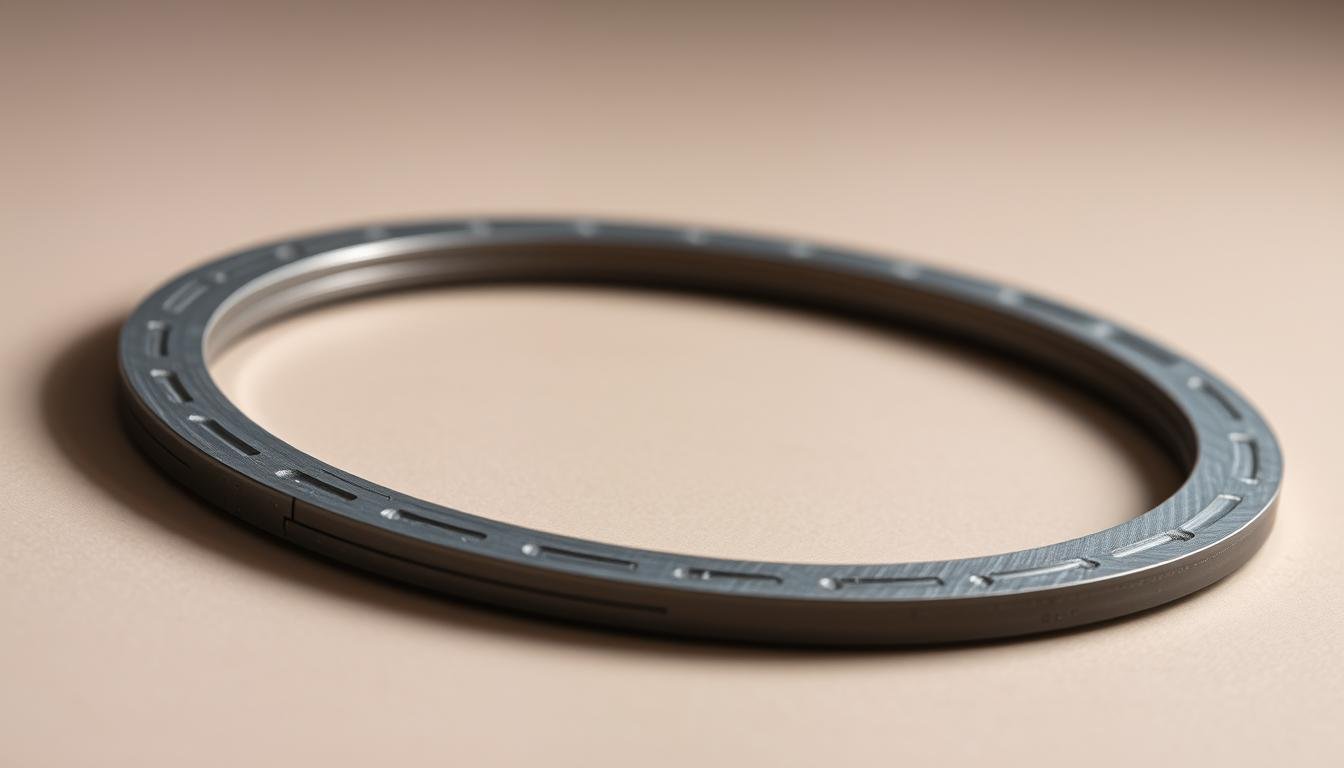Welcome to my guide on gaskets, available in a detailed PDF. This resource covers everything you need to know about gaskets. It includes types, functions, applications, and how to maintain them. Knowing these details can make sealing solutions more effective in different industries.
In this PDF, I share important gasket information. It’s designed to help professionals improve their work and achieve the best results.
Introduction to Gaskets:
I want to dive into what gaskets are and why they’re so important in mechanical systems. A gasket is a part that seals two or more surfaces together. It stops fluids or gases from leaking out. In engines and piping systems, gaskets keep everything running smoothly.
They play a key role by controlling pressure, reducing noise, and stopping contamination. This shows how vital gaskets are for a system’s performance.
When we talk about gaskets, it’s important to know they’re made of different materials. Each material has its own strengths. The choice depends on the system’s temperature, pressure, and what it’s made of. Knowing this helps us see how gaskets make systems reliable and efficient.
Types of Gaskets:
I find it interesting how many types of gaskets there are. They vary in shape and purpose. You have flat gaskets, spiral wound gaskets, O-rings, and metal gaskets. Each one is made for a specific job.
Flat gaskets are often used in plumbing and cars because they seal well. Spiral wound gaskets handle high pressure and temperature changes well. They’re great for industrial use.
O-rings seal well in moving parts, like in engines. Metal gaskets are strong and used where things get really tough.
The material of a gasket matters a lot. You can use rubber, silicone, cork, or metals. Each has its own strengths. Rubber is flexible, while silicone can handle heat.
Knowing about gasket types helps pick the best one. It makes sure they work well in their environment.
Gasket Functions and Benefits:
Understanding gasket functions is key to seeing their importance. Gaskets mainly seal to stop leaks, which can cause big problems in machines. A good gasket can also protect parts from vibrations, making equipment last longer.
Gaskets also make operations safer and more efficient. In cars, they keep engine parts working well and prevent overheating. In HVAC systems, they stop air leaks, saving energy.
Another big plus is that gaskets save money on repairs. They prevent fluid loss and contamination, making equipment last longer. This is super important in industries that need reliable equipment.
Common Gasket Applications:
Gaskets are used in many industries to keep things running smoothly. In cars, they stop oil and coolant leaks. This helps cars run better and last longer.
In airplanes, gaskets keep the air pressure right. This is key for safety while flying. They prevent leaks and keep the plane safe.
At sea, gaskets are just as important. They keep engines and fuel systems working in tough conditions. The right gasket can save a ship from big problems.
In factories, gaskets are used in pipes and valves. They help everything work right and keep workers safe. Choosing the right gasket can save money and improve work.
Gasket Selection Criteria:
Choosing the right gasket is key. Temperature, pressure, and chemical compatibility are important. Each gasket material has unique properties that match certain environments. For example, a gasket in high-temperature settings must handle thermal expansion well.
Getting the right gasket material is critical to avoid failures. Wrong choices can cause leaks, damage machinery, and even pose safety risks. It’s vital to understand the importance of selecting gaskets correctly to keep systems running smoothly.
Installation Tips for Gaskets:
Proper techniques are key for gasket installation. This ensures the gasket works well and lasts long. Always start by cleaning the surfaces where the gasket will go. Dirt, oil, or debris can cause failure.
Next, consider the gasket’s material and type. Each might need a different installation method. Some gaskets work better with a bit of sealant. Using sealants right can greatly improve their performance.
Applying the right amount of torque is also important. Too much can damage the gasket, while too little might cause leaks. Always follow the manufacturer’s torque settings for the best results.
Don’t make common mistakes like skipping surface prep or not aligning the gasket right. Proper surface prep and correct alignment can prevent problems later on.
Maintaining Gaskets for Longevity:
Keeping gaskets in good shape is key to their long-term performance. Regular checks help me spot any issues early. This way, I can fix small problems before they get big, making gaskets last longer.
It’s important to think about where gaskets are used. Different places have different challenges, like high heat or harsh chemicals. By using the right maintenance for each situation, I make systems more reliable. For example, in tough spots, I suggest cleaning them often and checking for damage.
Knowing when to replace a gasket is also vital. I look for signs like cracks, leaks, or changes in shape. By focusing on these steps, I avoid leaks, cut down on downtime, and keep my equipment running smoothly for years.
